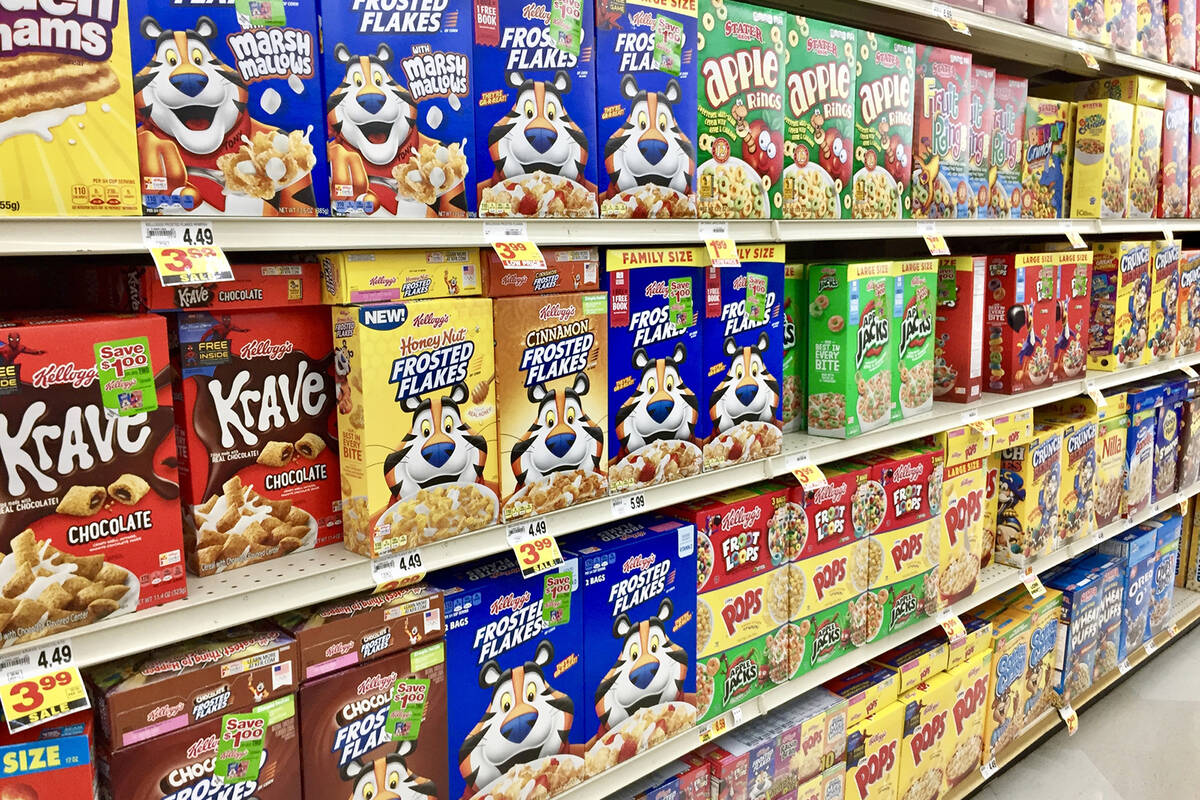How the most popular breakfast cereals rank nutritionally
The cereal aisle at the grocery story is lined on both sides with options. But not all of these morning meals are equal.
Healthnews researchers teamed up with nutrition scientist Lauryna Nelkine to determine how some of the most popular U.S. breakfast cereals rank when it comes to healthiness.
According to Statista, more than 283 million people in the United States ate cereal in 2020. This year, the company’s research department predicted more than 290 million consumers and $22.53 billion in market revenue.
It’s a popular product, but there are clear health risks to some brands. Most notably, there’s the added sugar.
“Although the sugar content of sweetened breakfast cereals has declined from 45.9 percent … of weight in 1985, many cereals today still contain a lot of sugar, with more than 30 percent of their weight coming from sugar,” University of North Dakota assistant professor of nutrition and dietetics Nathaniel Johnson says.
“The next time you’re in the cereal aisle, take a few minutes to look at the sugar content of your favorite brands, especially those you enjoyed as a child. Many of these cereals will have 10 to 14 grams of ‘added sugar’ per serving, and some will have more. Some types of frosted Pop-Tarts have as much as 30 grams of added sugar per serving, which is two Pop-Tarts pastries,” he adds.
These empty calories improve the product’s taste but don’t offer any nutrients. The World Health Organization recommends that added sugars account for up to only 5 percent, roughly 25 grams, of a person’s diet to limit obesity risk.
Healthnews researchers and Nelkine ranked the 15 most popular cereal brands based on a variety of nutrients, including the not-so-nutritious added sugars.
Fruity Pebbles, Reese’s Puffs, Cinnamon Toast Crunch, Frosted Flakes and Lucky Charms ranked as the cereals highest in added sugars. The least-sugary options were Kellogg’s Corn Flakes, Corn Chex Gluten Free and Kellogg’s Special K.
At the top of Healthnews’ “key takeaways” rankings were the three cereals highest in fiber: Post Raisin Bran, Multi Grain Cheerios and Cinnamon Toast Crunch. For protein, Post Raisin Bran and Kellogg’s Special K were the highest ranking. Multi Grain Cheerios, Lucky Charms, Cinnamon Toast Crunch and Reese’s Puffs are the highest in vitamin D, with Multi Grain Cheerios outranking all others for calcium content.
Kellogg’s Corn Flakes, Corn Chex Gluten Free and Kellogg’s Special K ranked as having the highest sodium content. Kellogg’s Froot Loops ranked as the worst cereal for saturated and trans fats because of their hydrogenated coconut oil content.
To see the complete ranking of cereals, visit bit.ly/CerealsReport.













